How old is the Earth? Earth’s age explained
2nd Oct 2023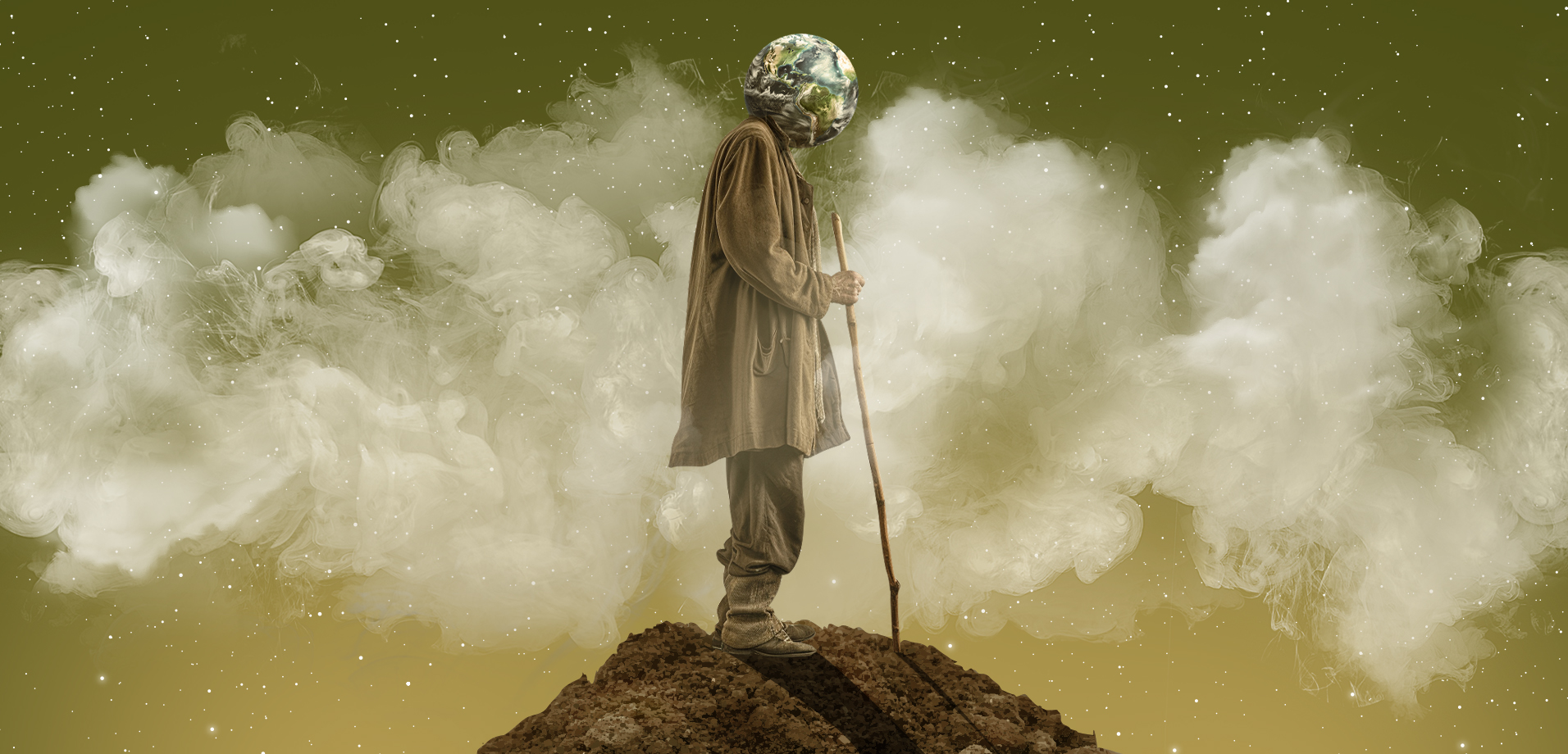
Forever young it seems, the night sky sown with diamond stars has long harboured an old riddle — how old is the Earth? This question has preoccupied generations of scientists, philosophers and dreamers, posing complex puzzles of space and time. After all, the age of the Earth is not just a number but a unique key to its mysterious past before the birth of humankind. Let us dive deeper into this past, turning to religion and science for help in search of the eternal answer: How long has the Earth been around?
What is the age of the Earth according to science?
Scientists have calculated that the age of the Earth is approximately 4.54 billion years, with an error margin of +- 50 million years. This means that the Earth is almost three times younger than the Milky Way Galaxy and the Universe, which are about 13.7 billion years old, with an error margin of 1 billion years. But how accurate are these numbers, and where they came from? Let’s find out.
How do we know Earth is 4.6 billion years old?
For centuries, people have been trying to discover when the world was formed, so the answer to this question includes everything from observations to complex mathematical calculations and an understanding of the geological elements that make up our planet.
Early calculations: William Thomson and John Perry

In 1862, the famous Irish physicist and mathematician William Thomson, aka Lord Kelvin, estimated that the age of the Earth was about 100 million years. His conclusion was based on a calculation of how long it would take for the Earth to cool completely. The scientist knew that the deeper to the centre of the Earth, the hotter the material. He also assumed that after the Earth’s formation, the planet would have no source to get the heat from and, thus, would slowly begin to cool down.
Thomson and other physicists already had access to equations that could estimate the rate of a body’s cooling, and Thomson applied these equations to the Earth. As a result, by 1862, he received the answer — it takes the Earth no more than 100 million years to cool down. Charles Darwin categorically disagreed with this statement, since his theory of evolution assumed a much greater age of Earth.
However, Lord Kelvin did not stop there. He refined his calculations until, in 1897, he gave the final estimate of the age of the Earth — “more than 20 and less than 40 million years, and probably much closer to 20 than to 40.” But Thomson’s calculations regarding the age of the Earth turned out to be wrong, as they did not take into account the heat released as a result of radioactive decay (discovered in 1896) and convection inside the Earth, which allows the temperature in the upper mantle to remain high for much longer.
In 1895, Irish engineer and mathematician John Perry, using a model of a convective mantle and a thin crust, estimated the age of the Earth at 2 to 3 billion years, but his work was largely ignored.
Kelvin’s theory about our planet’s age was finally refuted only in 1903, upon the discovery of a law that connected the release of thermal energy with radioactive decay. Until his death in 1907, Kelvin never recognised that natural radioactivity was sufficient to keep the interior of the Earth warm.
Radiometric dating techniques: Rutherford and Boltwood
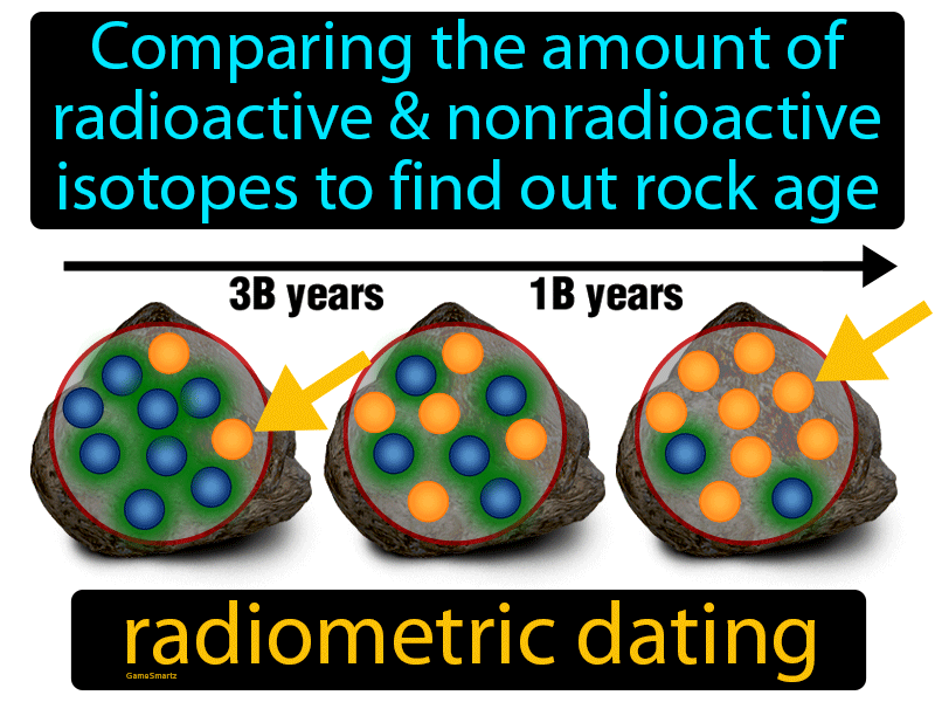
Radiometric dating establishes the age of a material based on the presence of a radioactive isotope and the time of its decay.
The first to propose the use of radioactivity as a tool for geological dating was the New Zealand physicist Ernest Rutherford. In 1904, he suggested that it was possible to determine the age of a rock sample by measuring its concentration of helium. Using this method, he dated the uranium mineral Fergusonite at 40 million years old. Rutherford’s scheme was far from perfect, but it was the first step.
More accurate measurements were made by an American radiochemist, Bertram Boltwood, in 1907. They were based on the uranium-lead method. Having established that lead was the end product of uranium decay, Boltwood noted that the lead-uranium ratio was higher in older rocks and, acting on Rutherford’s suggestion, dated 26 separate rock samples between 400 and 2200 million years old.
At that time, no one knew about the existence of isotopes (this term was introduced only in 1913). However, the result obtained by Boltwood was of great importance: it completely destroyed all previous theories about the age of Earth.
What is the current evidence for the age of the Earth?
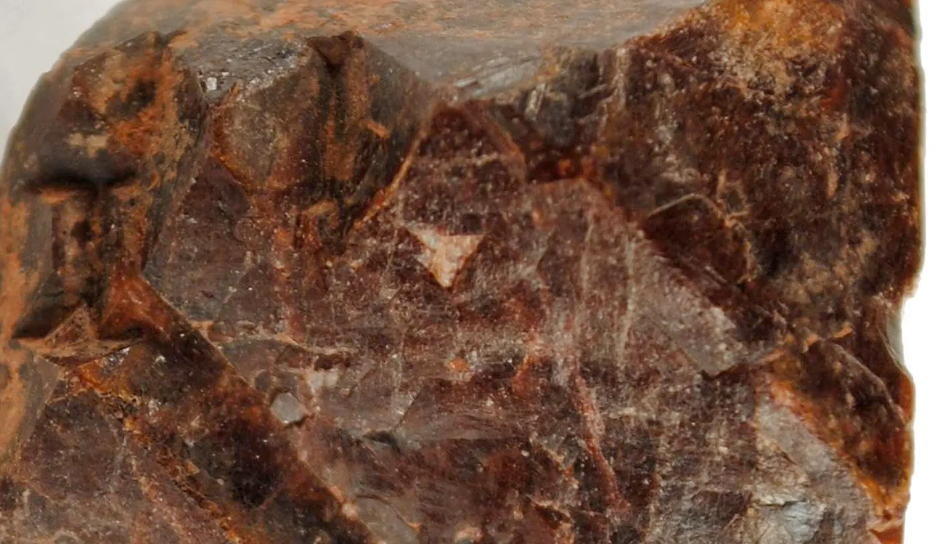
Modern geology uses radioactive isotopes with a long half-life. These include potassium-40 (1.248 billion years), uranium-238 (4.468 billion years), and rubidium-87 (47 billion years).
Armed with this set of tools, scientists have been scouring the planet for decades, looking for the oldest rocks that would answer the question of how old is planet Earth. The oldest rocks on Earth discovered to date are:
- Acasta Gneiss in northwestern Canada near the Great Slave Lake, 4.03 billion years old.
- “faux amphibolite” on the eastern shore of Hudson Bay in northern Quebec, to 4.28 billion years old.
- zirconium crystals in Jack Hills, Western Australia, at least 4404 million years old.
Are there any older rocks? Hardly. This is confirmed by the dating of moon rocks collected in the Apollo missions, as well as by meteorites that came to Earth. Assuming that meteorites are residual material from the formation of the solar system, in 1953, the American geochemist Clair Patterson measured the age of lead isotopes in the remains of the Canyon Diablo meteorite, which made it possible to estimate the age of the Earth at 4.55 billion years with an error margin of no more than 50 million years. This age of Earth estimate remains unchanged to this day.
How does the Bible explain the age of the Earth?
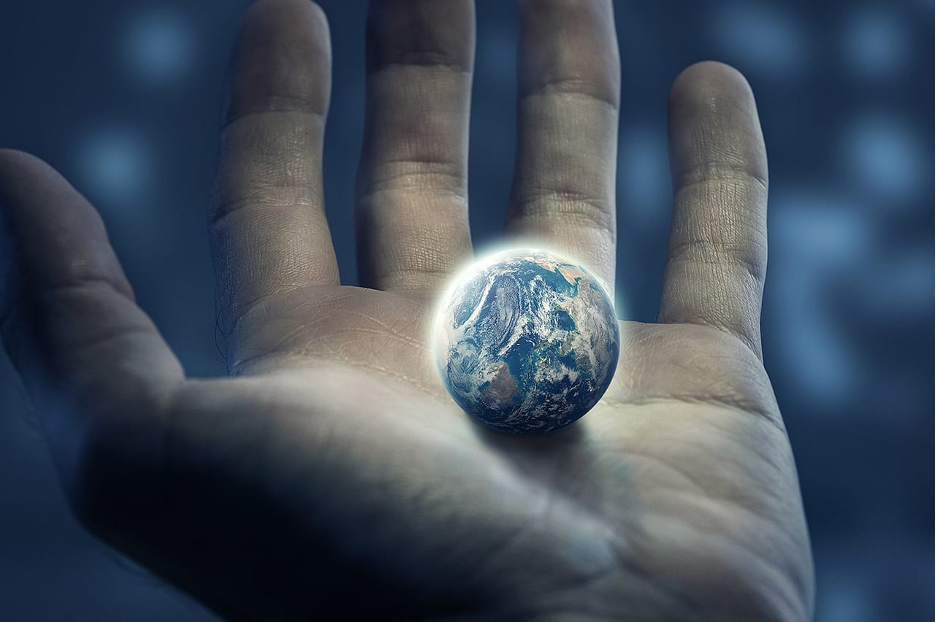
Despite the rather convincing scientific justification for the age of the Earth, many people worldwide believe in a young Earth.
So how old is the Earth according to the Bible?
The popular opinion is that the Earth was created about 6,000 years ago, in 4004 BC. This date of creation is usually associated with the work of Archbishop James Ussher (1581-1656). Ussher, working with the genealogical tables of the Book of Genesis, came to the conclusion that 4004 years had passed from the creation of the world to the birth of Christ. However, in reality, the Bible does not indicate the exact date for the birth of the Earth or its age.
Scripture says that God created the earth in six days. But most Christians have heard the argument that the word “day” in Genesis does not mean a 24-hour day, but rather “days” represent six great epochs of time. Indeed, the Hebrew word for “day” (yom) can have several different meanings depending on the context. And if it was really about epochs, then the biblical age of the Earth that stands at 6000 years is not correct.
However, Genesis One says: “And God called the light day, and the darkness He called night. And there was evening and there was morning, one day”. This mention of the change of day and night allows us to assume that we are talking about solar days and not epochs. Creationists, both Christians and Mormons, hold the concept that God created heaven and earth on the first day, man was created on the sixth day, death and chaos entered the world after the fall of Adam and Eve, while all fossils were the result of a worldwide flood that spared only Noah’s family and animals.
But how then to explain the age of the oldest terrestrial rocks, which, according to scientists, are billions of years old? Perhaps we will stick to the scientific version of the age of the Earth.
How old do Muslims believe the Earth is?
Different to Christian and Mormon beliefs, young Earth creationism is completely non-existent in the Muslim world. The Qur’an, like the Bible, contains a description of a six-day creation, but the length of each day in the Qur’an is clearly ambiguous: for example, one passage suggests that each day is 1,000 Earth days, and another one — 50,000.
As a result, most modern Muslims (including scientists) have come to the conclusion that the Koran does not answer the question of how many years has the world existed, and thus, Muslims have recognized the scientific age of Earth as 4.5 billion years.
When did life first appear on Earth?
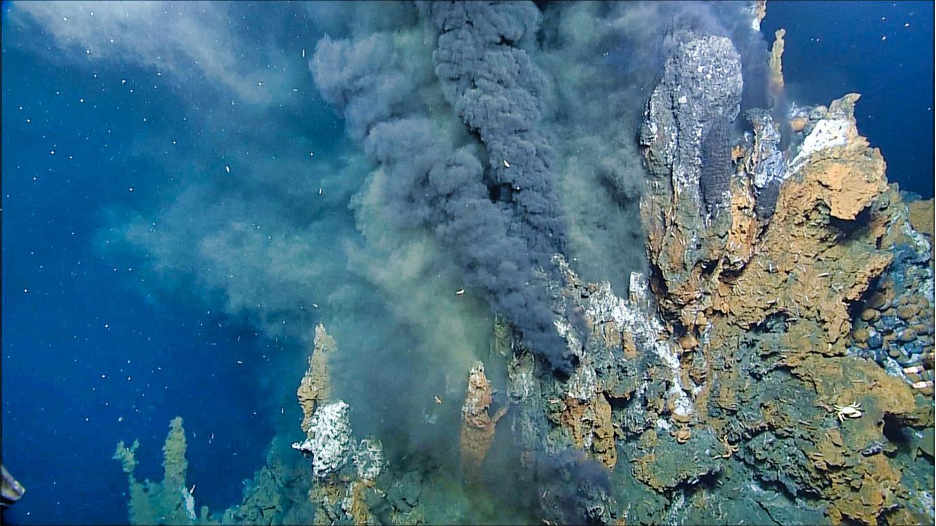
The history of biological evolution tells us that the first forms of life, microscopic organisms (microbes), appeared on Earth approximately 3.7 billion years ago. Scientists have found traces of them in solid structures (“stromatolites”). Approximately 1.3 billion years after the microbes, the first cyanobacteria appeared, which launched the processes of photosynthesis on Earth. The first vertebrates arose about 525 million years ago during the Cambrian explosion, and the oldest of the Homo genus, Homo habilis, or a skilled man, appeared about 2.8 million years ago.
Will there be life in 1 billion years?
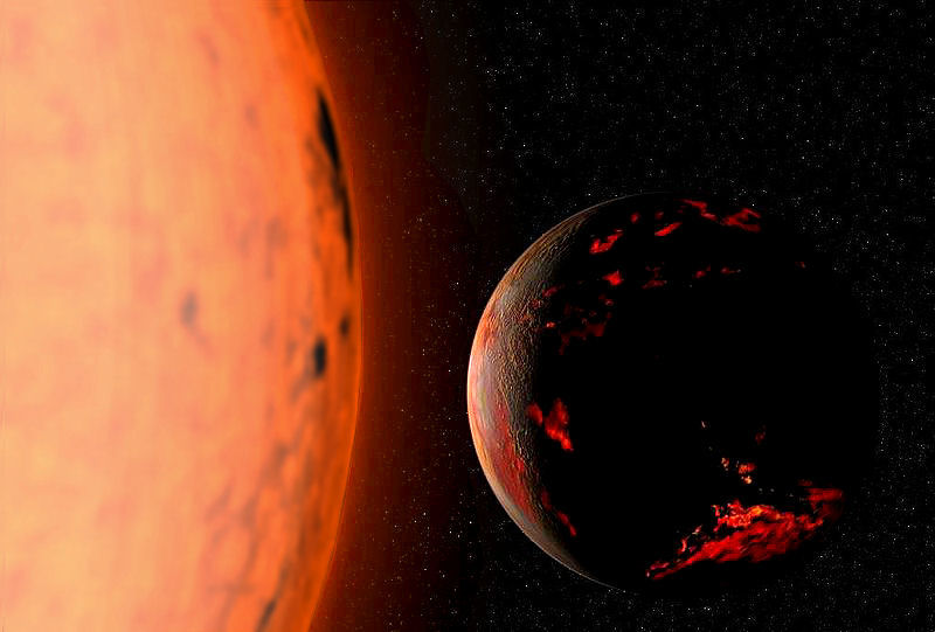
Our life is much shorter than the age of the Earth, and most likely, humanity in the form that we know now will cease to exist. After all, no one cancelled evolution, and just look at how the world has changed over the past hundreds of years. So, what awaits us in a billion years? Probably, eternal oblivion. Our star, the Sun, is also evolving, and in about 5 billion years, it will turn from a yellow dwarf into a red giant, increasing in size and heating up to incredible temperatures. But we will die much sooner. Scientists believe that in about 300-500 million years, the Sun will heat the Earth so much that the oceans will evaporate, and with them, the oxygen that supports life on Earth will also disappear.
However, it is possible that we will evolve in the process of natural selection, or we die even earlier from an asteroid collision, wars, and other cataclysms. But our planet will continue to exist for another 4-5 billion years. This gives us an idea of what the full age of Earth, from birth to death, will be: approximately 9 billion years. A whole eternity for mankind and a small period of time for the Universe, which, according to the latest calculations of scientists, will last another 140 billion years.
Sources:
- https://education.nationalgeographic.org/resource/how-did-scientists-calculate-age-earth/
- https://www.space.com/24854-how-old-is-earth.html
- https://www.americanscientist.org/article/kelvin-perry-and-the-age-of-the-earth
- https://www.britannica.com/science/life/Evolution-and-the-history-of-life-on-Earth
- https://www.icr.org/article/how-old-earth-according-bible
- https://www.reviewofreligions.org/30399/the-age-of-the-earth/






Thank you for your comment! It will be visible on the site after moderation.